The Role of Government Agencies in Shaping Autonomous Driving Regulations
As the automotive industry accelerates towards a future dominated by autonomous vehicles, the necessity for comprehensive regulations becomes ever more pressing. Government agencies play a pivotal role in shaping autonomous driving regulations, ensuring safety, efficiency, and public trust. This article will delve into how these agencies formulate policies, the challenges they face, and the implications for the automotive landscape.
Understanding Autonomous Driving Regulations
Autonomous driving regulations are guidelines and laws devised to ensure the safe operation of self-driving vehicles. These regulations encompass everything from vehicle safety standards to data privacy rights, as they seek to create a framework for the testing and deployment of autonomous technology. With a projected market growth of approximately $557 billion by 2026, clear regulations are paramount.
The Role of Government Agencies
Government agencies are tasked with the critical responsibility of regulating the automotive sector. They ensure that emerging technologies like autonomous driving align with public interest and safety requirements. Key agencies involved in this process include:
- Department of Transportation (DOT): Oversees transportation systems and ensures safety standards.
- National Highway Traffic Safety Administration (NHTSA): Focuses on safety regulations and the promotion of highway safety.
- Federal Communications Commission (FCC): Handles communication technologies crucial for vehicle-to-vehicle (V2V) interactions.
These agencies collaborate with manufacturers, technology companies, and stakeholders to establish regulations that guide the development and deployment of autonomous vehicles.
Key Regulatory Frameworks
Several key regulatory frameworks are emerging as pivotal to the safety and efficacy of autonomous vehicles:
1. Testing and Deployment Guidelines
Government agencies establish criteria for testing autonomous vehicles on public roads. For example, the NHTSA issues guidelines that outline safety assessment measures manufacturers must follow before deploying self-driving technology. These guidelines often include:
- Simulation Testing: Ensuring virtual simulations closely mimic real-world scenarios.
- Pilot Programs: Authorizing specific regions or municipalities to test autonomous vehicles under controlled conditions.
2. Safety Standards
Safety remains a top priority in the development of autonomous driving regulations. Agencies mandate rigorous safety standards to mitigate risks related to autonomous technology. These include:
- Crashworthiness: Regulations outlining how vehicles must respond in collision scenarios.
- Cybersecurity Requirements: Frameworks to protect against data breaches and hacking incidents.
3. Insurance and Liability
As the landscape of driving evolves, so too does the need for clear policies regarding liability in case of accidents involving autonomous vehicles. Government agencies analyze existing legal structures and propose new regulations to address questions of accountability. Topics of focus include:
- Manufacturer Responsibility: Defining the extent of manufacturer liability in the event of an accident involving self-driving cars.
- Insurance Models: Encouraging the development of new insurance products tailored to autonomous vehicle risks.
Challenges Faced by Government Agencies
While government agencies play a crucial role in shaping autonomous driving regulations, they face several challenges:
Rapid Technological Advancements
The pace at which technology is developing can outstrip regulatory processes. Agencies must strike a balance between fostering innovation and ensuring safety. This often involves staying updated with technological trends and involving cross-functional experts in regulatory discussions.
Public Perception and Trust
Public acceptance is essential for the widespread adoption of autonomous vehicles. Government agencies need to address concerns regarding safety and job displacement, often operating under the scrutiny of public opinion. Advocacy and education campaigns can help bridge the gap between technological promise and public trust.
International Coordination
Autonomous vehicle technology is a global endeavor, with many manufacturers operating across borders. Harmonizing regulations to ensure a unified approach is challenging yet necessary. Agencies must engage in international dialogues to create consistent standards while respecting regional differences.
Real-World Implications
Government agencies’ efforts in crafting regulations have profound implications for the autonomous driving landscape:
- Market Growth: Clear regulations can stimulate investment and innovation in the autonomous vehicle sector, driving economic growth.
- Safety Enhancements: Comprehensive regulations can lead to higher safety standards, reducing accident rates and fatalities on the roads.
- Curbing Inequality: By ensuring equitable access to autonomous vehicles, agencies can promote inclusivity and reduce disparities in transportation access.
Conclusion
In summation, government agencies play an essential role in crafting autonomous driving regulations that promote safety, innovation, and public confidence. As the technology continues to evolve, agencies must adapt their approaches to ensure that the benefits of autonomous vehicles can be realized without compromising safety or equity. With collaborative efforts and proactive policymaking, the future of autonomous driving regulation holds great promise for the automotive industry and society at large.
For those interested in further exploring the intersection of technology and regulation in the automotive sector, check out our linked articles on the impact of autonomous technology on urban planning and the latest advancements in vehicular safety standards.


